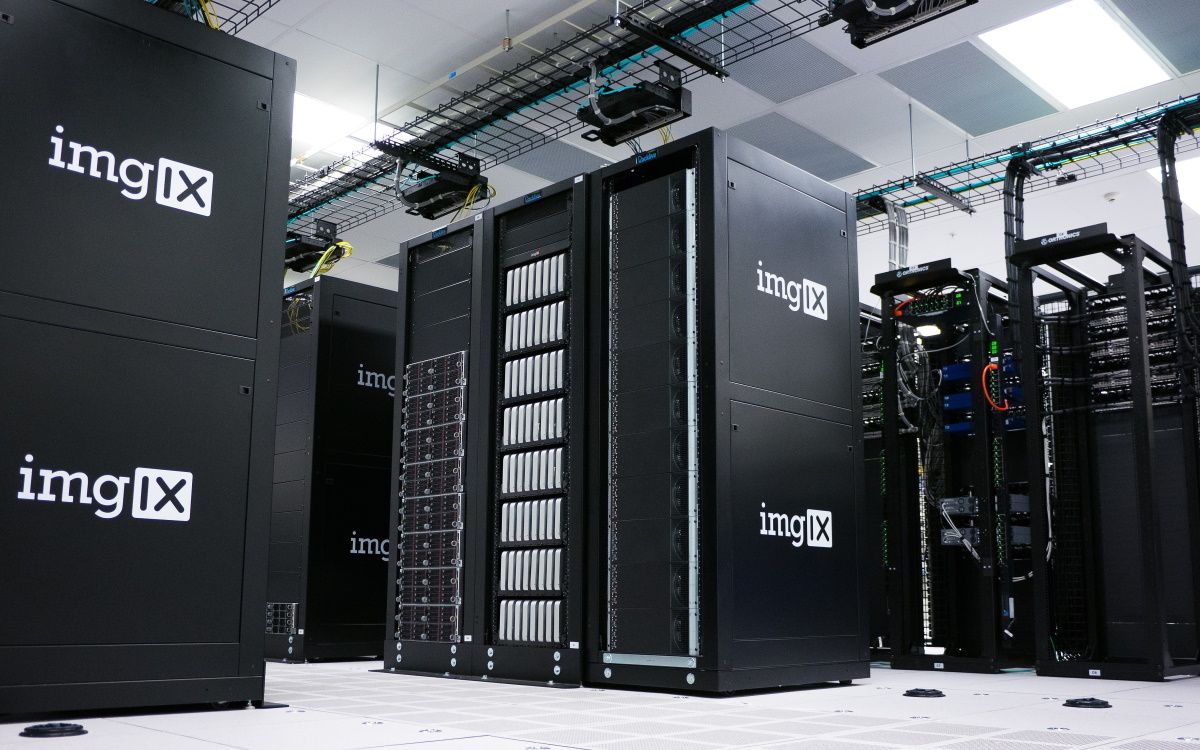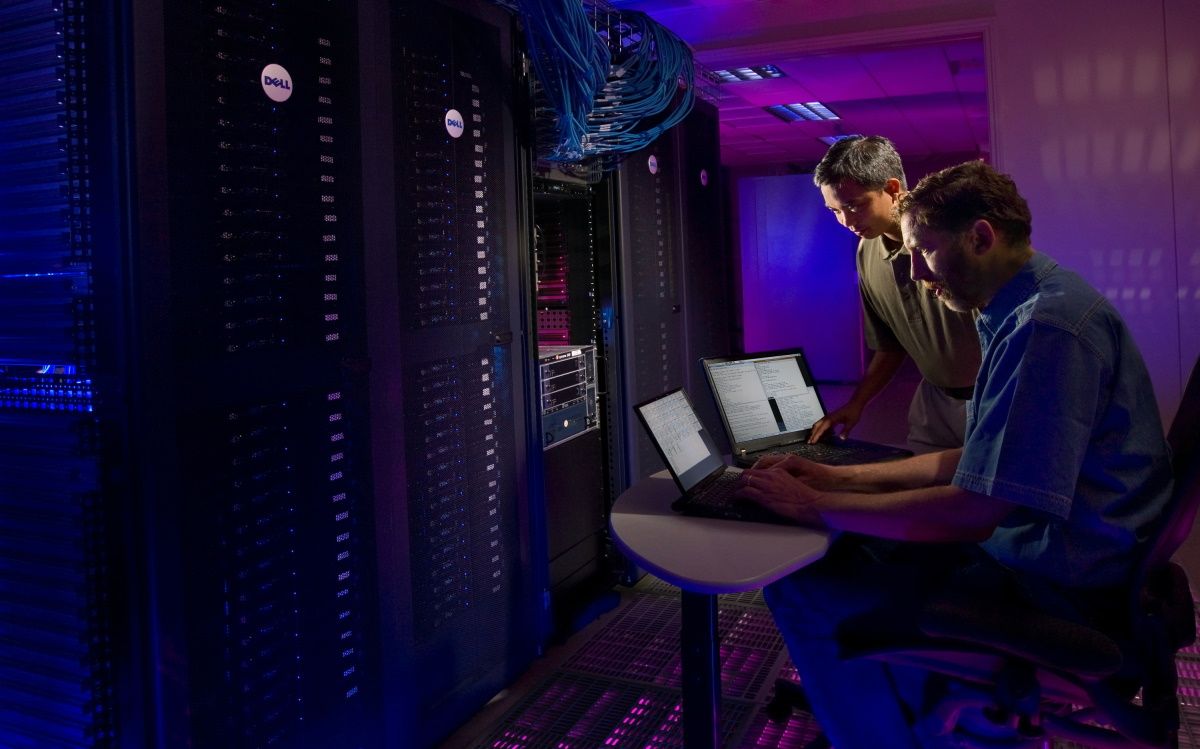Being a software developer is quite exciting until you have to spend a portion of your time managing server infrastructure. It can get frustrating because your main interest lies in creating brilliant code, not dealing with servers.
Is there a way for you to ditch those servers and only focus on software development?
With serverless computing, that’s possible! This cloud-based service is a game-changer that’ll help you build your apps without the headache of managing server infrastructure.
So, what is serverless computing—and what are its pros and cons? Let's take a look.
What Is Serverless Computing?
Serverless computing is a cloud-based service where a cloud service provider manages computer servers on behalf of clients. So, basically, servers are still involved but are managed by a third-party service provider.
The cloud service provider handles server management and allocates compute storage and resources that you need to run each line of code. And because you don’t have to worry about managing servers anymore, you can now get back to doing only what you love—writing code.
Serverless computing can come in handy if you’re aiming to build your software programs quickly and efficiently while conserving resources.
What Backend Services Does Serverless Computing Provide?
Most serverless computing providers offer database and storage services, and others have function-as-a-service (FaaS) platforms. With FaaS, you’re able to execute your code on the network edge. Also, FaaS allows you to execute your code in response to events or requests without the need for complex infrastructure.
What Is the Difference Between Serverless Computing and Other Backend Models?
Serverless computing is often confused with other backend models like backend-as-a-service (BaaS) and platform-as-a-service (PaaS). Although they share some similarities, serverless computing comes with several benefits.
Let’s take a look at how serverless computing is different from BaaS and PaaS:
Backend-as-a-Service (BaaS)
In this model, the cloud service provider offers backend services like data storage so that you can focus only on writing your front-end code. But unlike with serverless computing, BaaS doesn’t allow you to execute your code on the edge or in response to events.
Platform-as-a-Service (PaaS)
Cloud service providers use this model to rent out all the necessary tools—like operating systems and middleware—that can help you develop and deploy applications on the cloud. However, PaaS applications aren’t easily scalable and also don’t run on the edge like serverless applications.
The Advantages of Serverless Computing
When you start building your applications on serverless platforms, here are some benefits you can expect.
1. Cost-Effectiveness
Switching to serverless computing can reduce the cost of your overall IT budget. Because you don’t have server hardware, your maintenance costs become relatively low. Also, cloud service providers usually charge you based on runtimes, so you’ll never pay for services you don’t use.
2. Simplified Operations
The best thing about serverless computing is that server performance is the sole responsibility of the third-party cloud service provider. This simplifies your operations and helps you focus more on critical business development initiatives.
3. Running Multiple Applications on the Same Server
Traditional servers have fixed resources and are limited when it comes to running multiple applications at the same time. Meanwhile, serverless computing doesn’t have fixed resources. This easily allows you to simultaneously run all your multiple applications from a single server.
4. Efficiency
With no hardware maintenance requirements, you and your software development team can always focus on critical projects. And because you don’t have any other tasks to manage, this can spark your productivity and help you make the most of your coding skill sets.
5. Simplified Scalability
With serverless computing, it becomes much easier to scale and introduce new features in your software development initiatives.
In case you have a brilliant idea about building a fantastic app, you won’t have to think twice or worry about your server’s capabilities. That’s because your cloud service provider manages scalability planning to ensure that your serverless architecture operates optimally.
6. Quicker Response Times
Serverless computing has quicker response times compared to most traditional computing models. This gets rid of all the delays you could experience while building software programs or running your code. So, if you’re looking for ways to deploy your applications faster and more effectively, then you could consider serverless computing.
The Disadvantages of Serverless Computing
While serverless computing offers lots of benefits, there are some potential disadvantages that you and your software development team could face.
Let’s explore these drawbacks:
1. Security
A cloud service provider works with various clients, and this could open up a lot of security concerns. Serverless computing providers will often run your code, along with other clients’ codes, on the same server. If the server isn’t configured properly, this could result in data exposure.
If the server is hit by a distributed denial of service (DDoS) attack, DDoS attack, all the customers that are dependent on that server will be affected.
2. Difficult Debugging
Debugging a serverless function is often a complicated process because you don’t have visibility into backend processes. To successfully debug your code, you might have to go line-by-line (step-through debugging) to find out what’s wrong. All this can be time-consuming and unpleasant.
3. Vendor Lock-In
Building your serverless functions on one platform can often make migrating to another service provider difficult. In the worst-case scenario, you might have to rewrite your code in case you want to switch to another service provider.
Also, the application programming interfaces (APIs) on your current service provider might not be available on another vendor. This means you’ll get limited functionality in case you decide on making the switch. So, when you commit to a service provider, you might be in it for the long run.
So, if you're considering investing in a serverless platform, be sure the vendor you're considering has everything you need. This will help you avoid issues like vendor lock-in and other difficulties.
The Era of Serverless Computing
Serverless computing can be a resource-efficient, effective, and affordable way to build your software applications. In fact, almost every industry can benefit tremendously from serverless computing.
While it has its drawbacks, cloud service providers keep working on solutions to overcome these disadvantages.
This technology will continue evolving, and we’ll be seeing more of it in the near future. As more companies search for innovative ways to invest in cloud services, they’ll start considering serverless computing.





